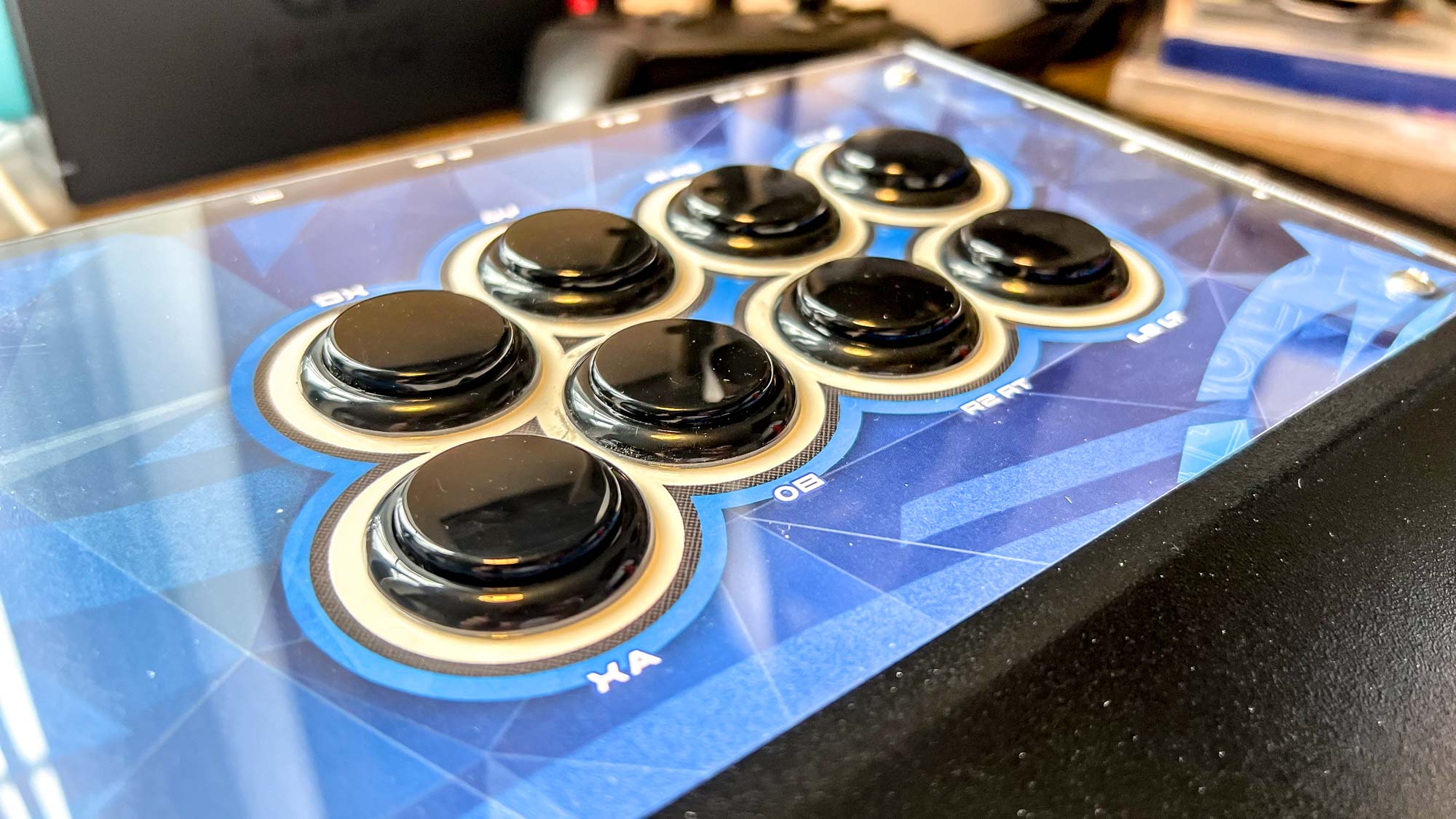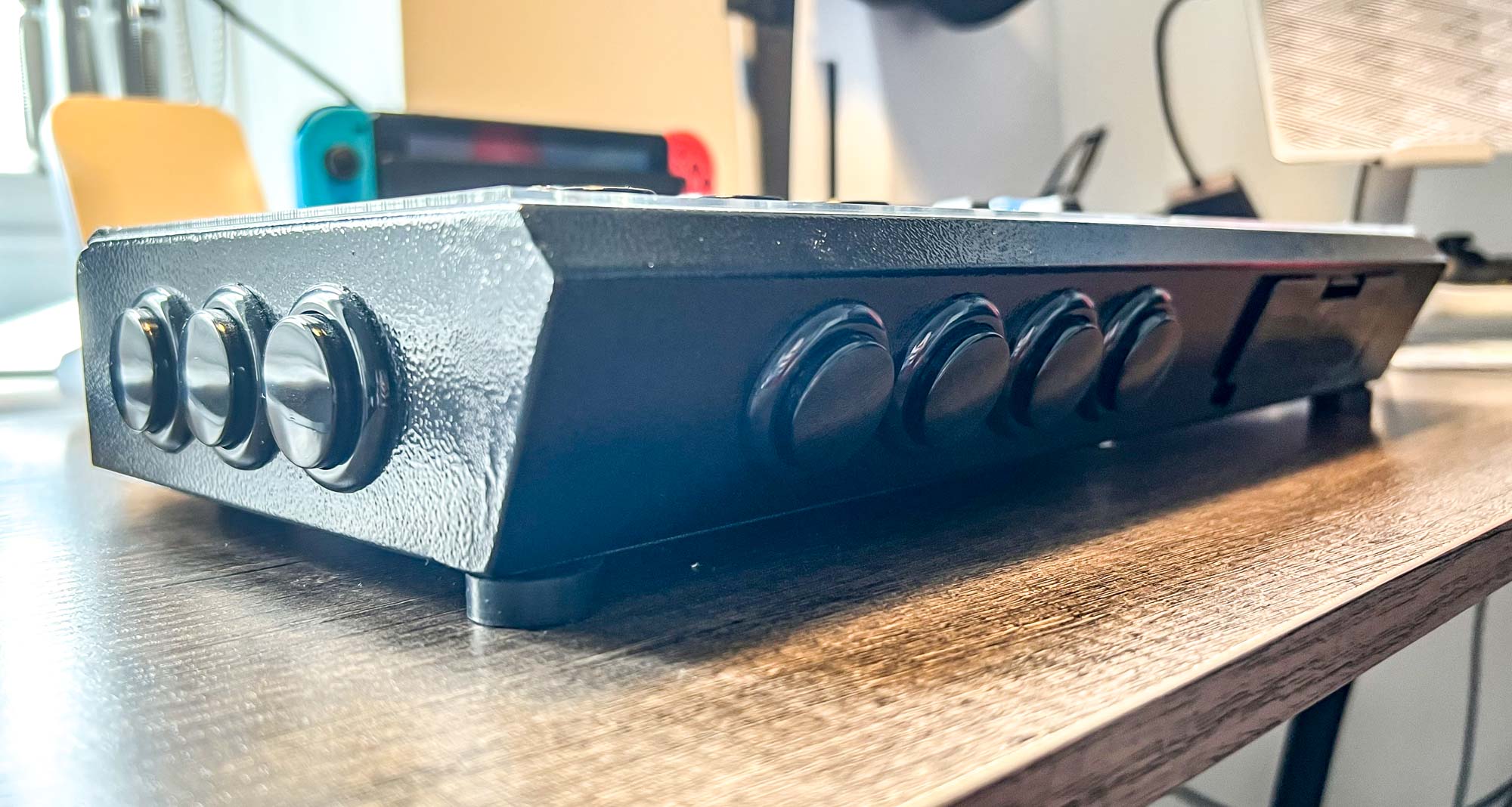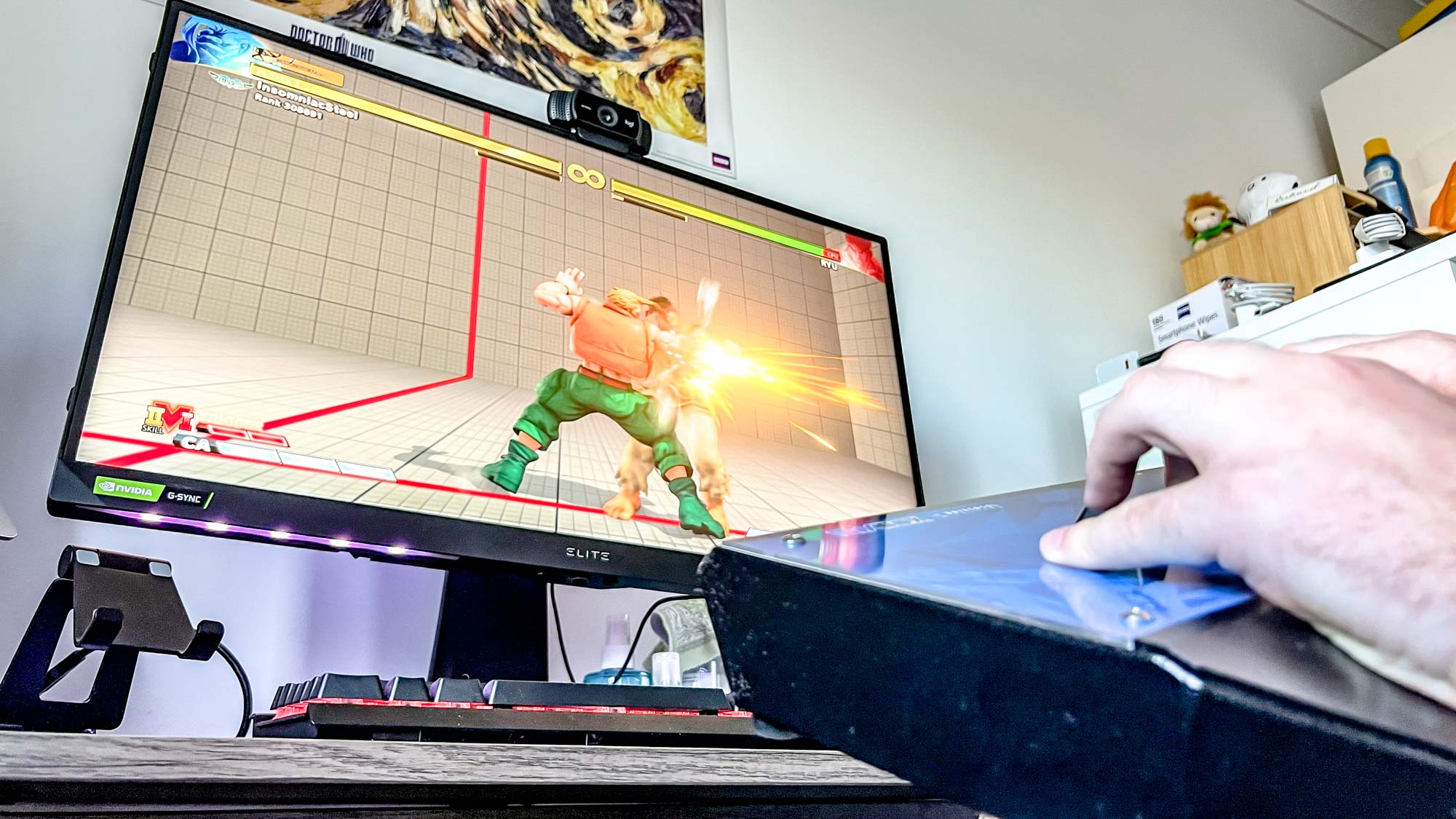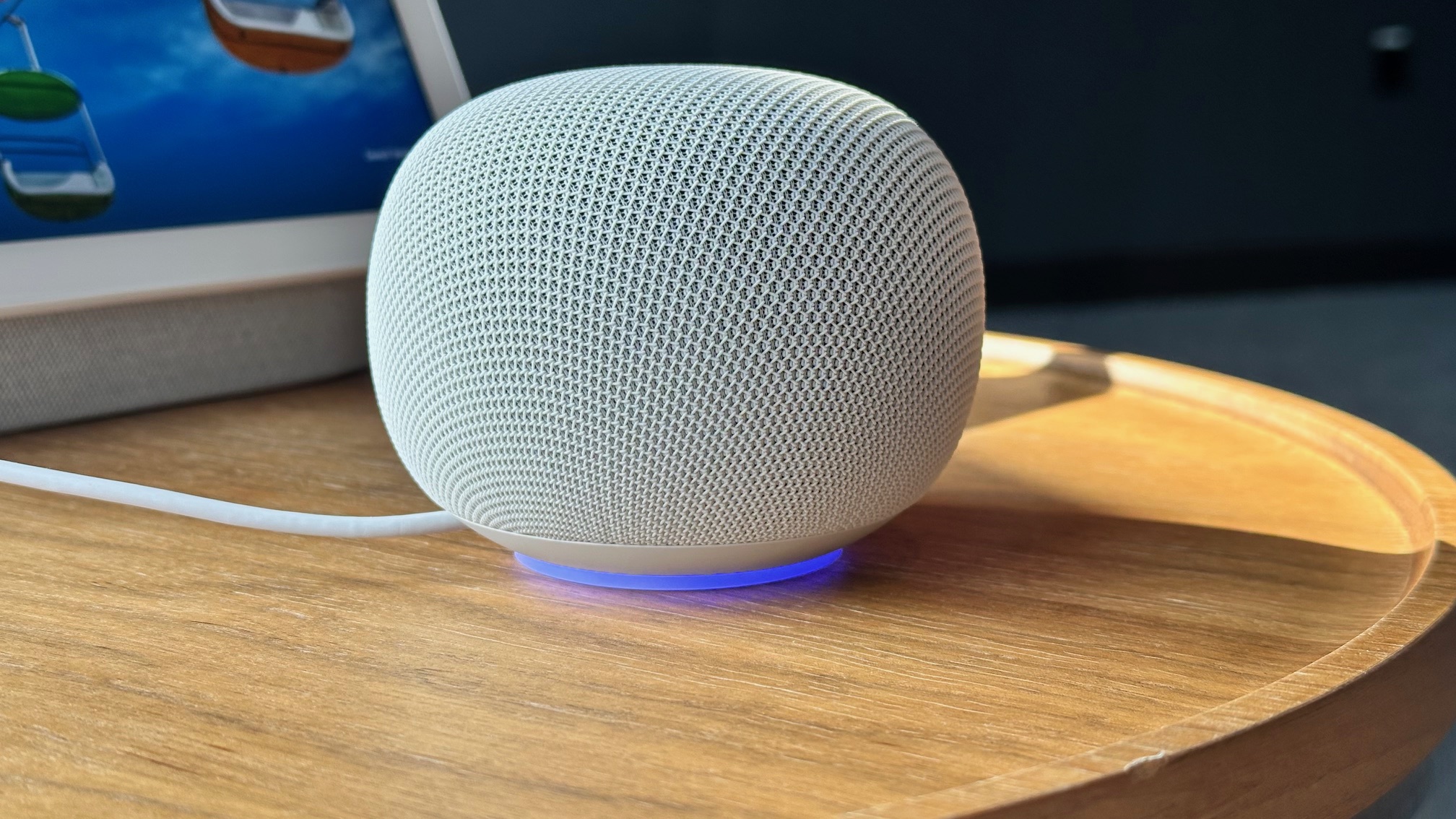This weird controller is my new favorite way to play fighting games

Fighting games like Street Fighter or Tekken were born and raised in the arcade, and even today when fans play at home, many still play using a traditional arcade-style controller, or "fight stick” with a joystick and big round buttons. That includes me, but recently I've been trying out a new style of controller that's won me over that blends old and new together.
It's called the Mixbox (from $269), and it essentially rips out the joystick from your typical arcade controller and replaces it with WASD-style keyboard keys.
Rather than using an old-fashioned 8-way arcade joystick, or a less specialized analog stick-style controller, using that familiar quartet of keys sounds like a much more familiar and precise control method. And that's exactly what the Mixbox offers, for both better and worse, and is part of why it's become my new favorite way of playing fighting games.

First though, a few issues. My main complaint with the Mixbox is its build quality. The metal and plastic parts are solid and sturdy, but the whole thing lacks polish, with many exposed rough and sharp edges due to its bolted-together design, and even a loose screw on one of the feet when I unboxed it.
This is made worse when you consider the cost of the thing. The Mixbox starts at $269, but the Universal version with the optional PS5 compatibility that I tested costs $429. Buying this is as much of an investment as buying a new console, so I would have preferred a slightly higher quality finish. Fortunately, the real negatives end here.

Although the Mixbox ditches the traditional joystick, it keeps the big Sanwa Denshi buttons (the gold standard for arcade buttons) so you can make sure you're hitting the right attacks at the right time, or just have an easier time frantically mashing. It uses the Vewlix button layout, which some dedicated fighting gamers don't like this style, preferring the flatter Noir arrangement of buttons, but I'm personally used to Vewlix buttons and so I'm not fussed by this.
Lots of buttons, wide compatibility
You're spoiled for buttons though, with four on the back and three on the side. These allow you to make use of all the inputs you'll find on a regular gamepad, including the touchpad you find on recent PlayStation controllers. You won't need these during fights, but navigating in-game and system menus or setting up training mode becomes much easier when you have all possible shortcuts at your disposal.
Get instant access to breaking news, the hottest reviews, great deals and helpful tips.

Something that is potentially super valuable is the wide compatibility. The standard Mixbox works with the best PC games and best PS4 games, which should be suitable for the majority of fighting gamers. The version I got to test is the Universal Edition, which supports the Playstation 4 (including PS4 games played on a PS5), Xbox Series X and Series S, PC and Switch and others, as well as PS5 games via an optional upgrade. This is fantastic if you have your fighting games spread across several different platforms, like I do. Rather than having to buy controller adapters, you can use the cable to plug in and get going quickly and easily.
Very customizable, easy setup
There's even more customization on offer when you make your order, too. You can get the WASD keys installed at an angle for a more comfortable hand position, and pick one of three Cherry MX key switch types to get the directional feedback you prefer. You can even buy "Reverse" versions of the black and universal models that swap the keys and the buttons around, good if you are left-handed.

Setting up the Mixbox is just as easy as you could hope for. It easily worked with my PC as soon as I plugged in the USB cable and booted up Guilty Gear XX Accent Core Plus, with all the buttons behaving as they should without needing to rebind any. Likewise in Street Fighter V and on my PS5 with Guilty Gear Strive.

My biggest fear going into testing the Mixbox was about special move inputs. Press-and-hold "charge move" inputs seemed like no problem, but I did wonder if motion inputs, such as the traditional quarter-circle-forward fireball or the zig-zagging uppercut, would take some getting used to. To my surprise, I was able to conjure Hadokens, Gun Flames, Shoryukens and Vapor Thrusts first time, even on the older Guilty Gear XX with its stricter input timings. If these worked fine, I'm sure the less fiddly inputs of games like Mortal Kombat or Tekken will pose no challenge.
Learning curve a bit steep
The MixBox requires greater precision to use compared to a joystick fight controller or a regular gamepad's analog stick, and in an area you may not have needed to be so precise in before. Opposite directional inputs can only be performed so fast on a joystick or analog stick because you have to physically move the stick from one side to another, inputting only one direction at a time. When you have separate inputs like with the Mixbox's keys, you have to time them properly or end up overlapping or canceling out your inputs.
It's something I particularly noticed while playing SFV. Although I’ve performed Nash’s awkward back medium kick into light Tragedy Assault combo hundreds of times on a stick, I found myself having to learn it again from scratch on the MixBox because I ended up mistiming the back-to-forward movement.

Don't be upset if you start dropping combos or missing inputs you're used to nailing every time if you buy this stick. It seems like it'll be an inevitable part of adapting to the Mixbox unless you're already familiar with all-button controls.
Bottom line
Fight sticks are not a purchase to rush into, since they're expensive and very specialized. If you don't like it, that's a lot of money you just wasted on a controller that's not good for many other games. However, if you are wanting a fighting game controller, I think the Mixbox is worth shortlisting at least.
The WASD-like layout doesn't feel traditional to play with, but I can confirm it's definitely effective once you're familiar with it. It’s very much its own beast though, so you'll have to learn how to use it whether you're new to fighting sticks or not.
Possibly the best reason to get a Mixbox though is the Universal edition's plug-and-play ease, making fighting on multiple consoles simple. While it's not the most handsome fight stick around, I trust in the durability of the parts. If it weren't so expensive, this would be an easy recommendation, but this is a purchase you'll need to be triple sure of before buying.

Richard is based in London, covering news, reviews and how-tos for phones, tablets, gaming, and whatever else people need advice on. Following on from his MA in Magazine Journalism at the University of Sheffield, he's also written for WIRED U.K., The Register and Creative Bloq. When not at work, he's likely thinking about how to brew the perfect cup of specialty coffee.
